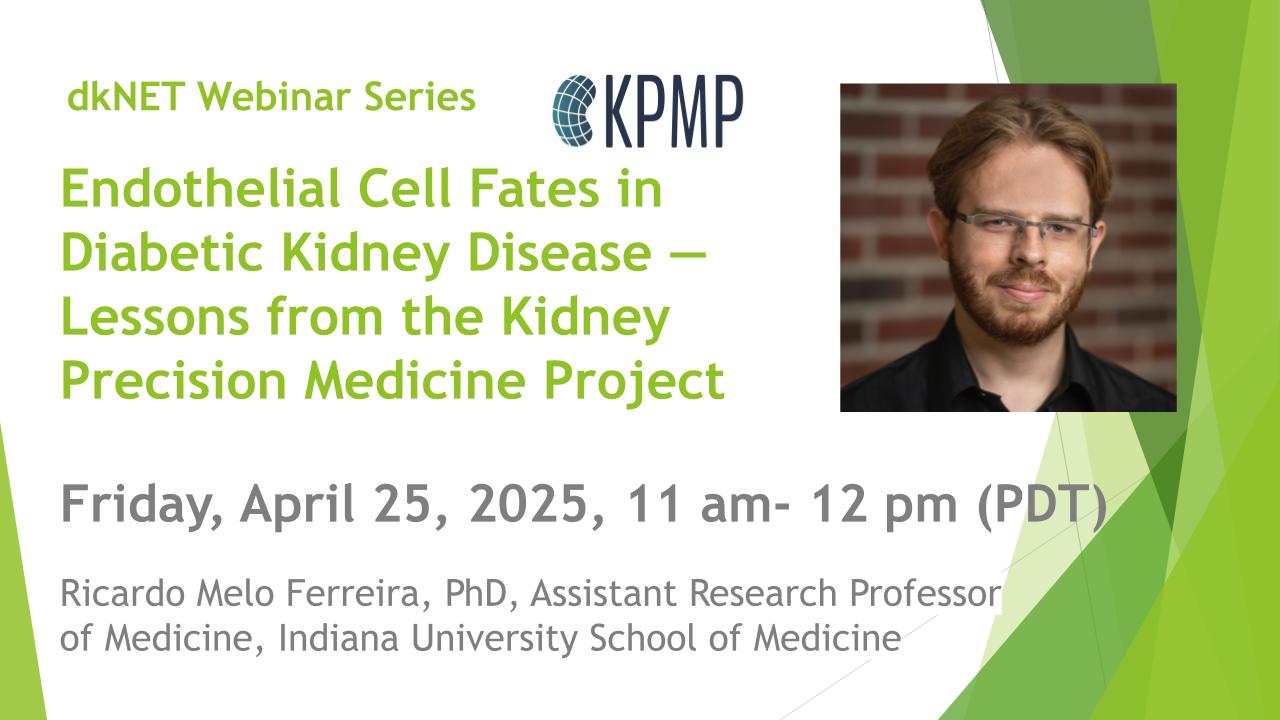Leaving Community
Are you sure you want to leave this community? Leaving the community will revoke any permissions you have been granted in this community.
[Recorded Webinar is Available Now!] dkNET Webinar "Single Molecule Spatial Transcriptomics: interpreting the spatial expression of RNAs from FISH images"

*Watch recorded webinar here: https://youtu.be/6E-r4B41c_g
dkNET New Investigator Pilot Program in Bioinformatics Awardee Webinar Series
Join dkNET Webinar on Friday, April 21, 2023, 11 am - 12 pm PDT
Presenter: Jing Liu, Ph.D. Assistant Professor, Department of Physics, Indiana University-Purdue University Indianapolis, Member of Center for Computational Biology and Bioinformatics, and Center for Diabetes and Metabolic Diseases; Associate member of Simon Comprehensive Cancer Center, Indiana University School of Medicine.
Abstract
Recently emerged spatial transcriptomics approaches combine the RNA sequencing (RNA-Seq) with spatial localization to reveal the spatial heterogeneity of transcriptome in pancreatic islet. However, the interrogation of the transcriptomic expression in a single cell is missing, particularly the spatial distribution of each RNA molecule. Here we proposed a quantitative approach to quantify the spatial distribution of RNA molecules in a single cell, and gave a case study to investigate the miRNA expression in single beta cells obtained from human pancreatic tissues. A multi-dimensional quantitative model was established to describe the spatial distribution of individual RNAs as a library of “features”, which includes RNA expression, locations, clustering/dispersion, and reciprocal positions. In particular, the degree of RNA clustering/dispersion was described by the mathematical model of clusters, i.e. Ripley's H function. Extracted features are then analyzed by statistical distribution modelling and supervised machine learning. Machine learning enables the classification of 3 groups of beta cells (control, T1D, and AAb+) using spatial transcriptomic features with high accuracy (65%±3%). Furthermore, it offers quantitative evaluation of those distinctive features contributing to the classification and phenotyping. All evidence suggests the spatial heterogeneity of transcriptome of beta cells in T1D, and this transcriptomic disparity has been leveraged to classify beta cells into different pathological conditions. This work will not only disclose fundamental mechanisms that are associated with beta cell survival in T1D; more practically, it could lead to important transcriptomic features of beta cells that could have clinical relevance in stratifying the T1D phenotypes.
Dial-in Information:
https://uchealth.zoom.us/meeting/register/tZ0vcu2gqj8rHdcZM2hJhDuB4xxR2yZ_STrd





